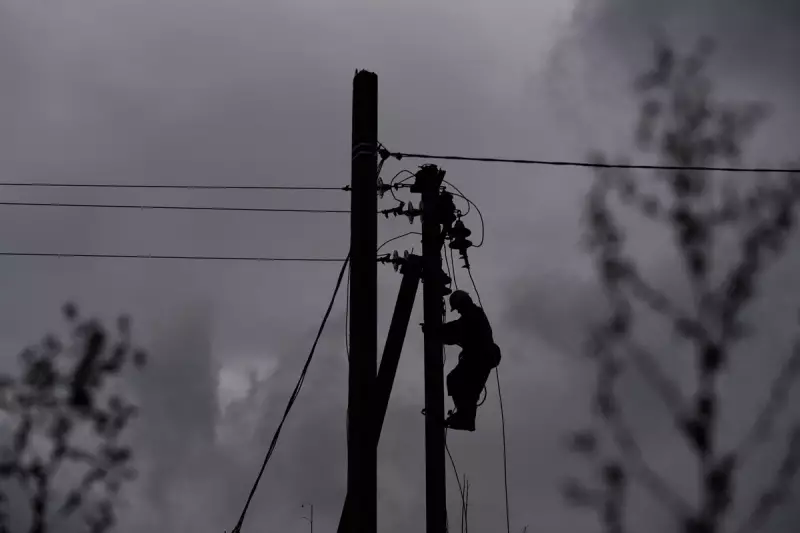
A sudden and widespread power outage plunged large areas of Moscow into chaos on Tuesday, leaving residents trapped in lifts and underground metro stations while bringing the city's notorious traffic to a grinding halt.
The electricity failure, described by authorities as a "technical failure," affected multiple districts across the Russian capital, creating scenes of disruption and anxiety throughout one of Europe's largest cities.
Transport Network Paralysed
Moscow's extensive metro system, which typically carries millions of passengers daily, experienced significant disruptions as trains stalled between stations and passengers found themselves stranded in darkened carriages. Above ground, the city's already congested roads descended into gridlock as traffic lights ceased functioning across affected areas.
Emergency services reported receiving numerous calls from people trapped in lifts within residential and office buildings, with rescue teams working tirelessly to free those caught between floors.
Social Media Flooded with Reports
Muscovites took to social media platforms to share images and videos of the unfolding situation, showing darkened streets, stationary metro trains, and long queues forming at bus stops as commuters sought alternative transport options.
One resident posted: "Suddenly everything went dark in our office building. We're using phone torches to see. No information about when power might return."
Official Response and Investigation
Russian energy officials confirmed they were investigating the cause of the blackout while working to restore electricity to affected areas. Preliminary reports suggested the outage resulted from equipment failure at a major substation serving central Moscow.
While power was gradually being restored to some districts, authorities warned that complete normalisation of services might take several hours as systems required careful reactivation to prevent further damage to the grid.
This incident raises fresh concerns about the reliability of Russia's ageing energy infrastructure, particularly in major urban centres where population density makes power failures particularly disruptive and potentially dangerous.




